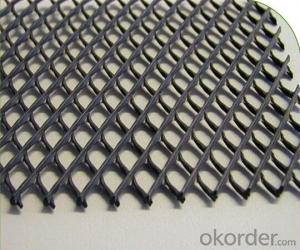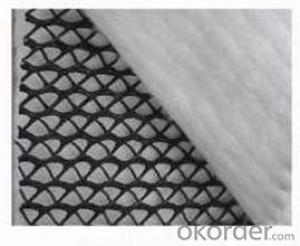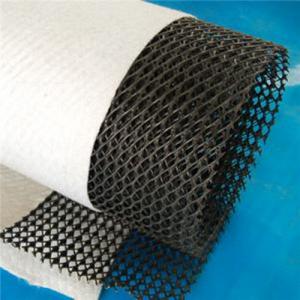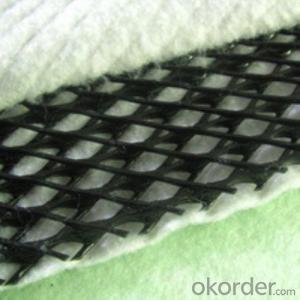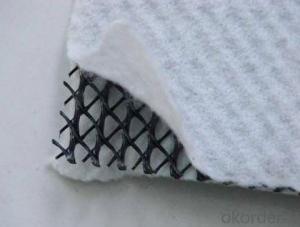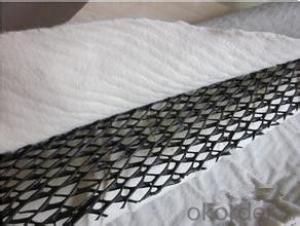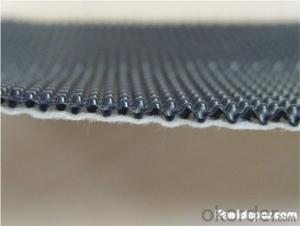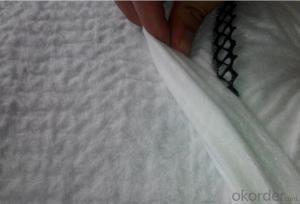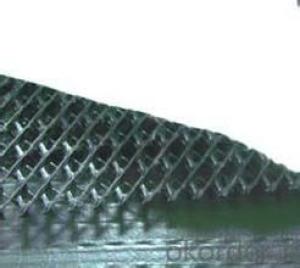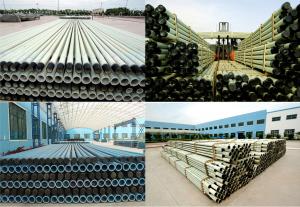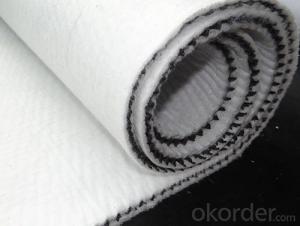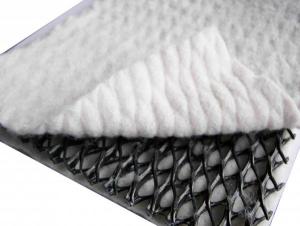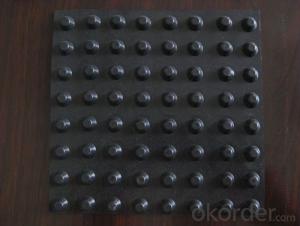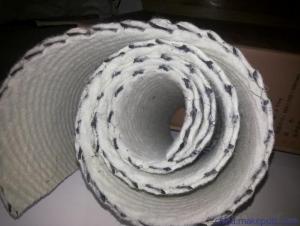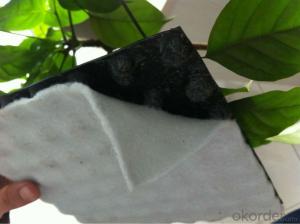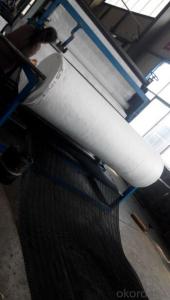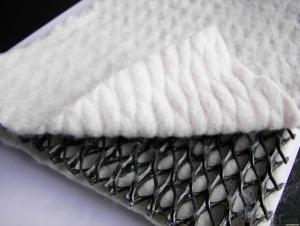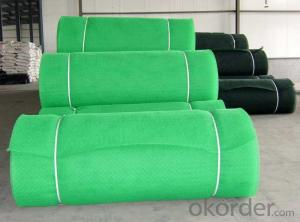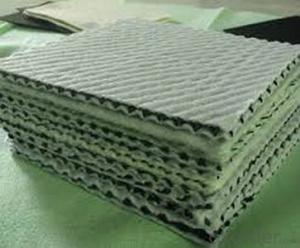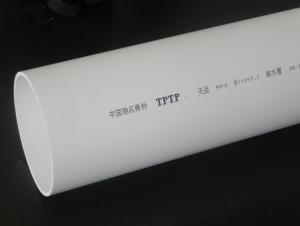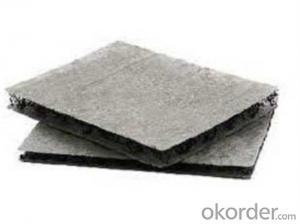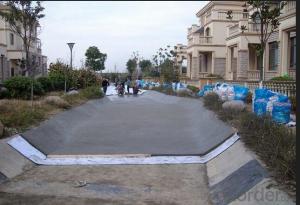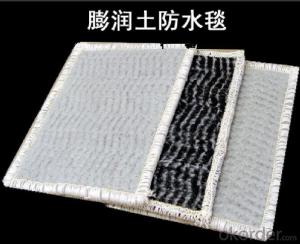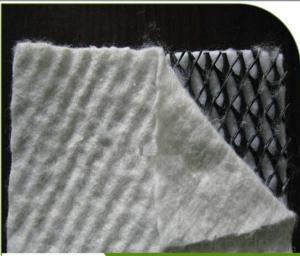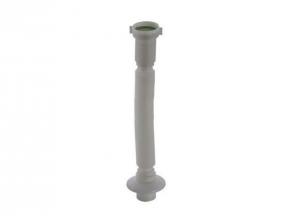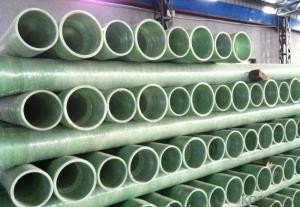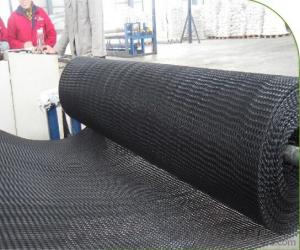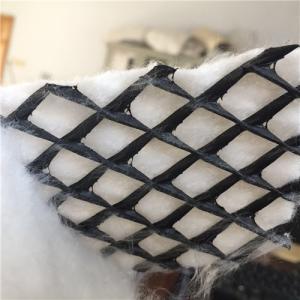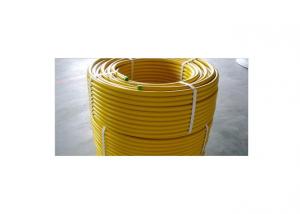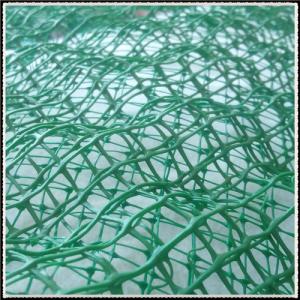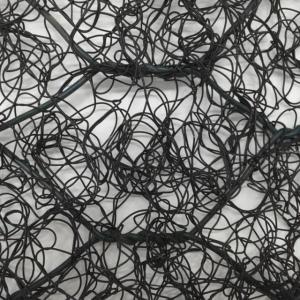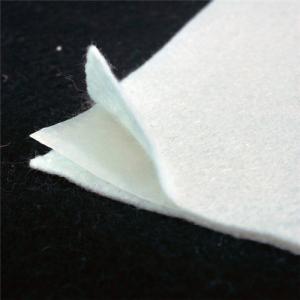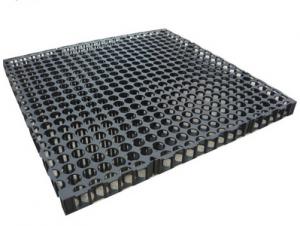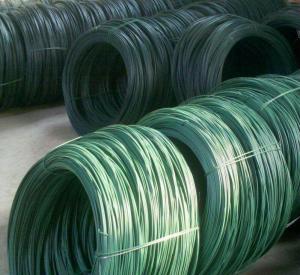Geocomposite Drainage Strip
Geocomposite Drainage Strip Related Searches
Geocomposite Strip Drain Geocomposite Drain Strips Geocomposite Drain Geocomposite Drainage Layer Geocomposite Drainage Material Geocomposite Drainage Net Geocomposite Drainage System Geocomposite Drainage Board Geocomposite Drainage Sheet Geocomposite Drainage Mat Geocomposite Drain Installation Geocomposite Wall Drain Geocomposite Sheet Drain Geocomposite Subsoil Drain Geocomposite Drainage Layer Cost Geocomposite Liner Geocomposite Geocomposite Membrane Geomembrane Drainage Geocomposite Clay Liner Composite Geogrid Composite Geomembrane Composite Geogrid Machine Gse Geocomposite Agru Geocomposite Skaps Geocomposite Drainage Fittings Extruded Geogrid Geocomposite Definition Composite GrpGeocomposite Drainage Strip Supplier & Manufacturer from China
Geocomposite Drainage Strip is a specialized product designed for efficient water management and drainage systems in various construction and landscaping projects. These strips are engineered to provide a cost-effective and reliable solution for controlling water seepage and preventing soil erosion. They are made from a combination of geotextiles and core materials, which work together to create a strong, permeable barrier that allows water to pass through while retaining soil particles.The Geocomposite Drainage Strip is widely used in a range of applications, including highway and railway construction, landfill liners, slope protection, and tunnel lining. Its versatility makes it an essential component in civil engineering projects where water management is a critical concern. By incorporating these strips into the design, engineers can ensure that water is effectively drained away from structures, reducing the risk of damage and prolonging the lifespan of the construction.
Okorder.com is a leading wholesale supplier of Geocomposite Drainage Strip, offering a vast inventory of this essential product to meet the needs of various industries. With a commitment to quality and customer satisfaction, Okorder.com ensures that each Geocomposite Drainage Strip is manufactured to the highest standards, providing reliable performance and long-lasting durability.
Hot Products
